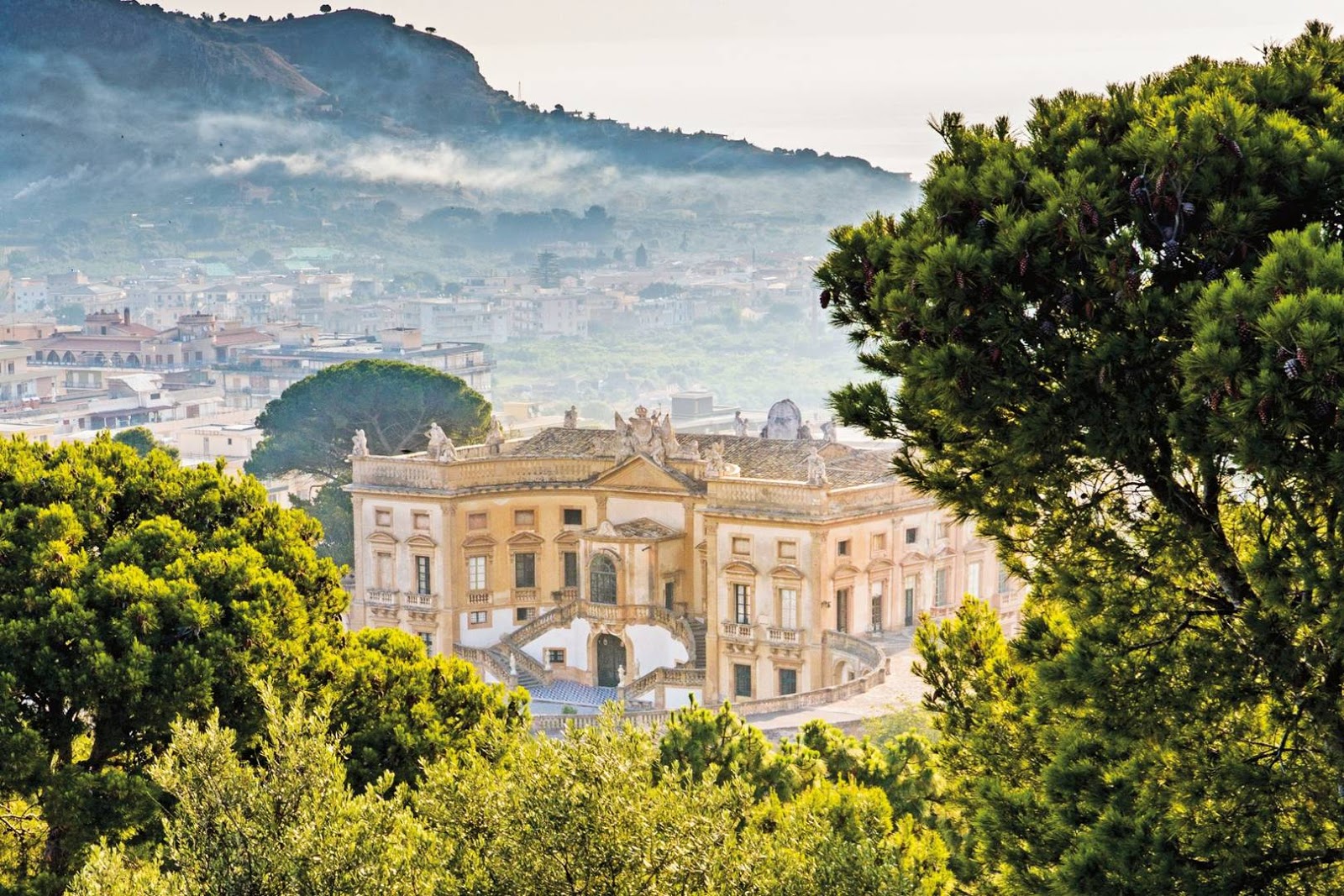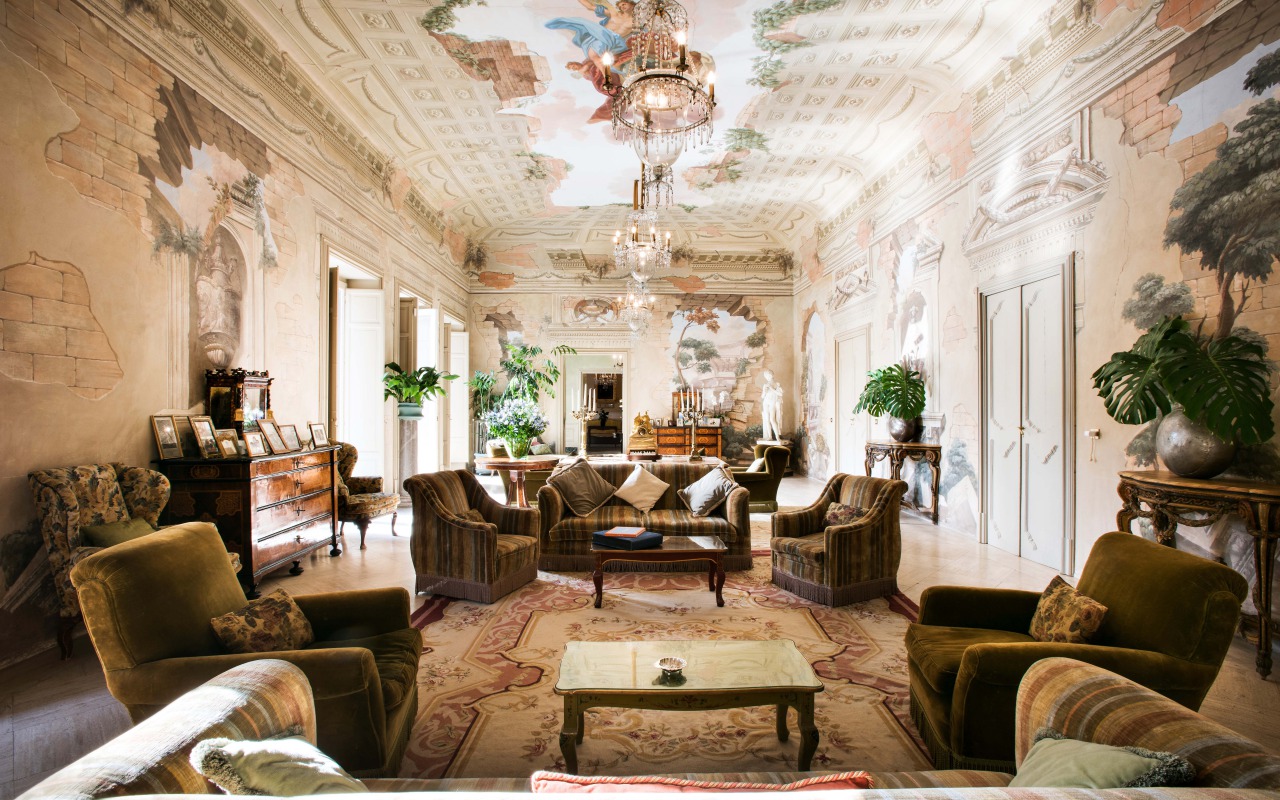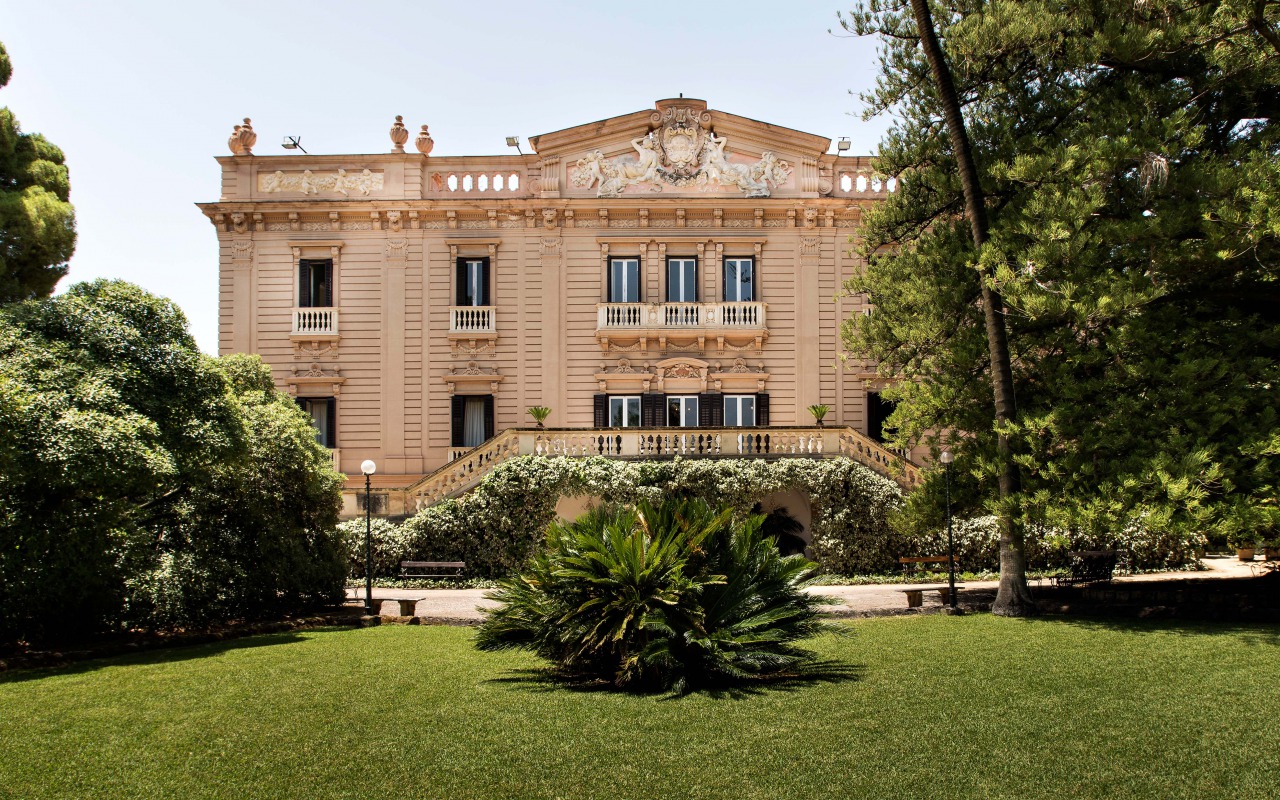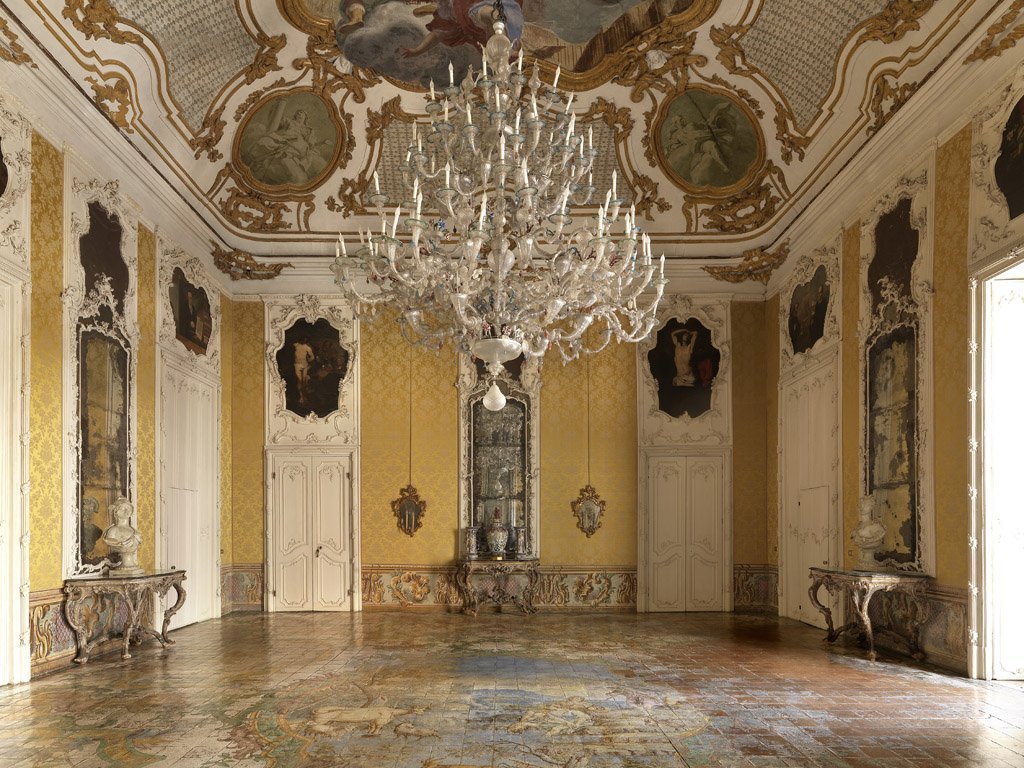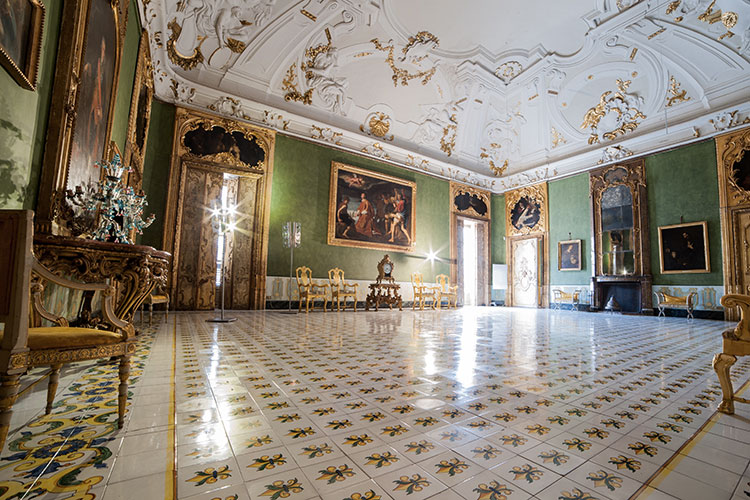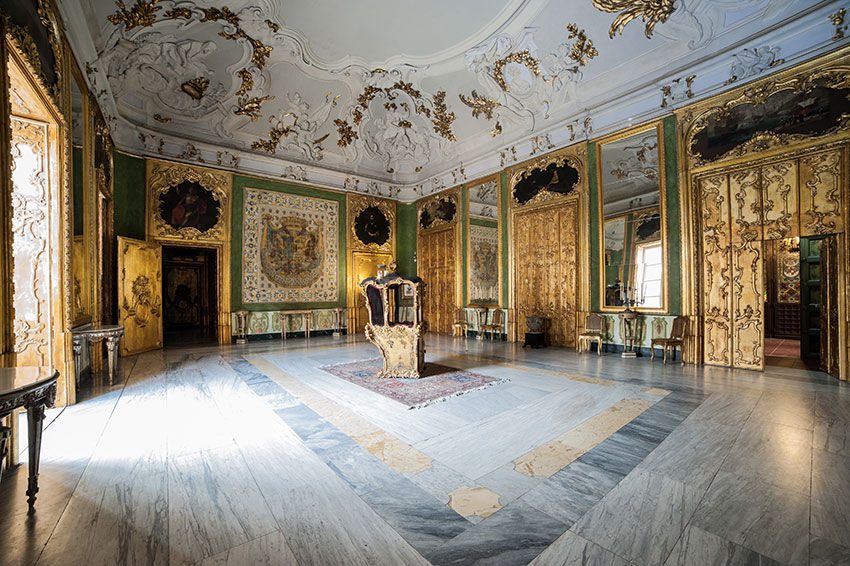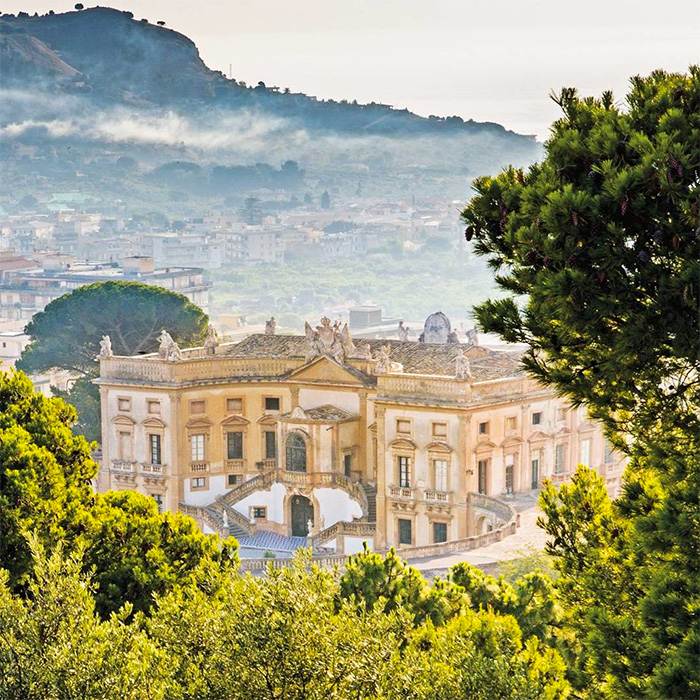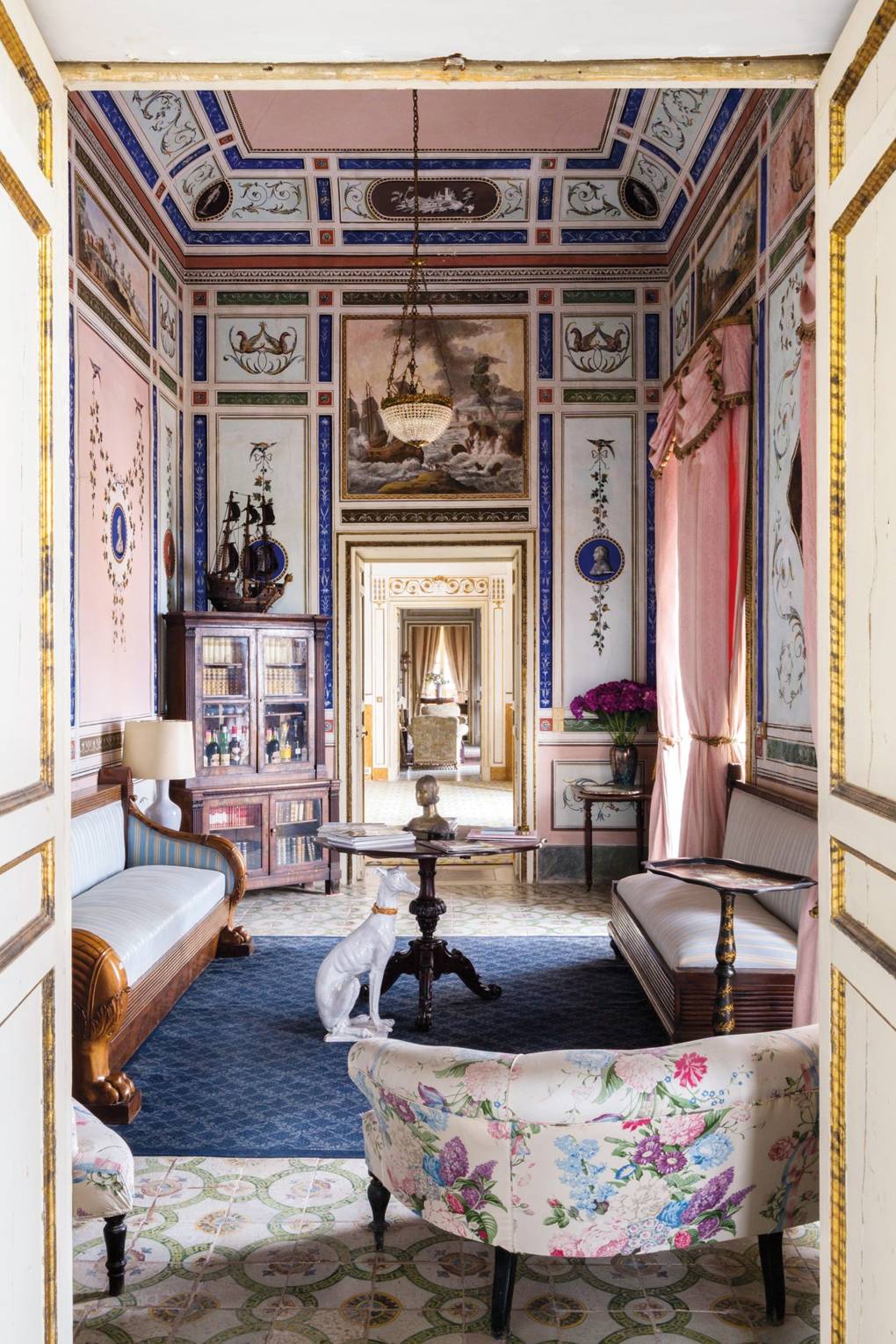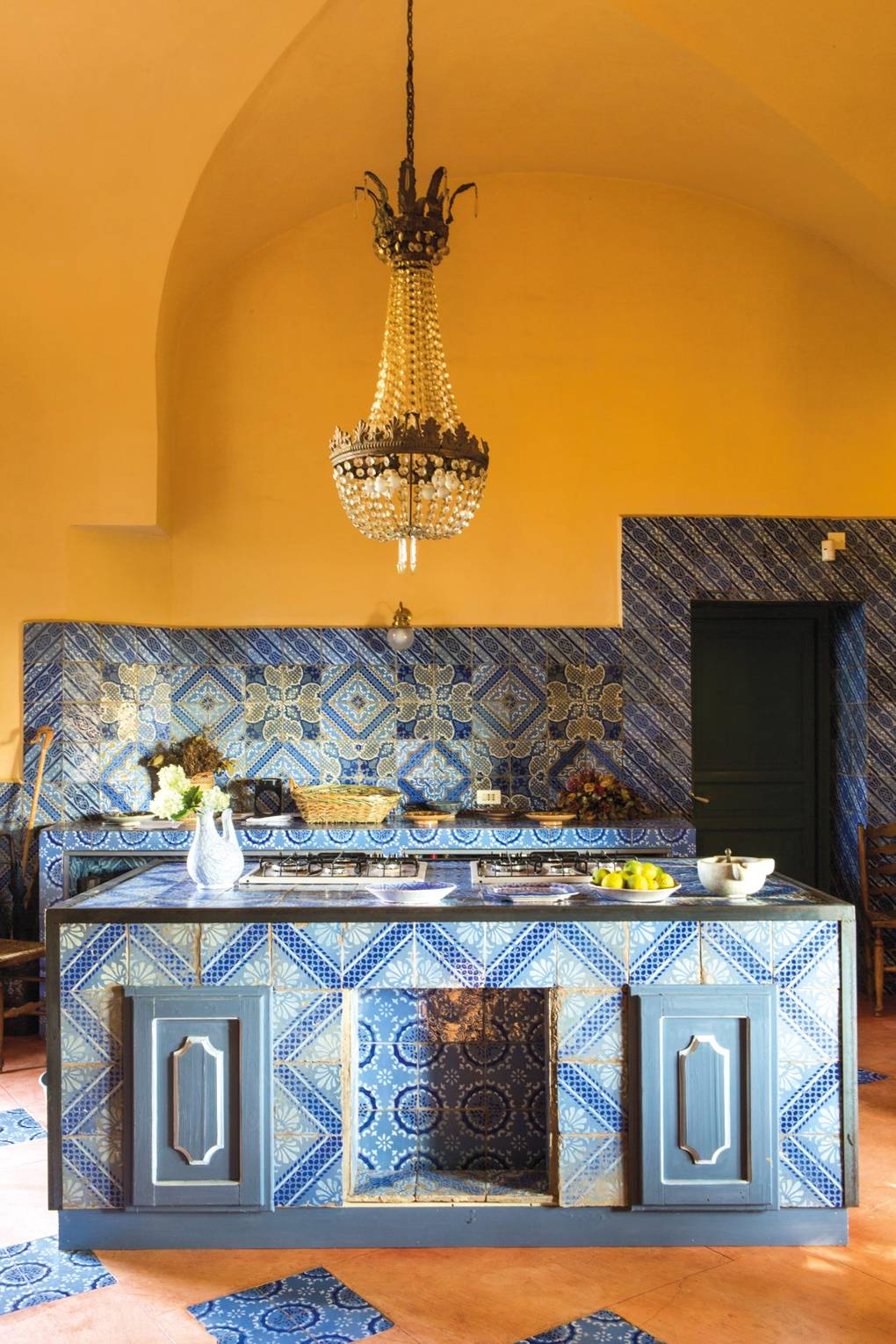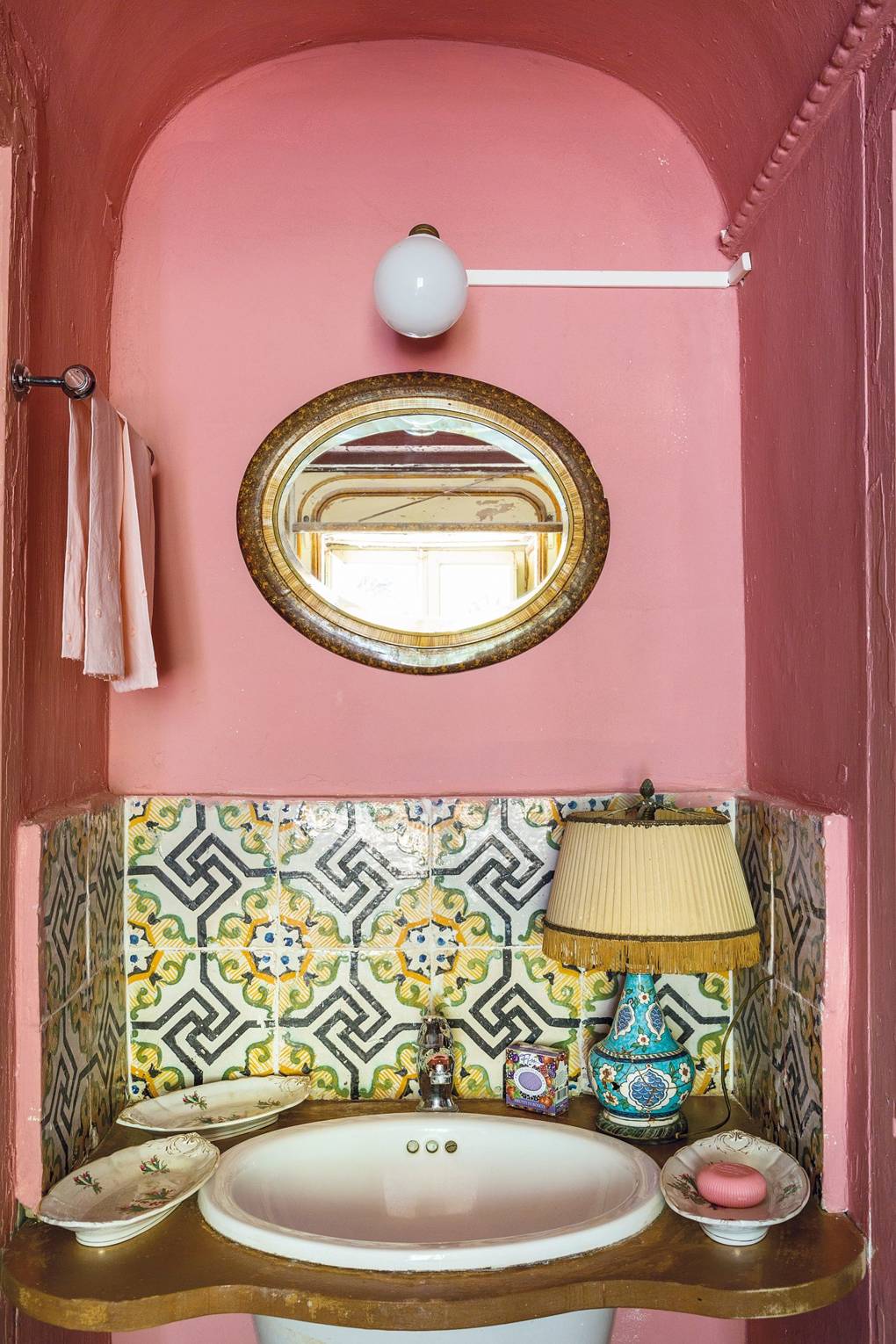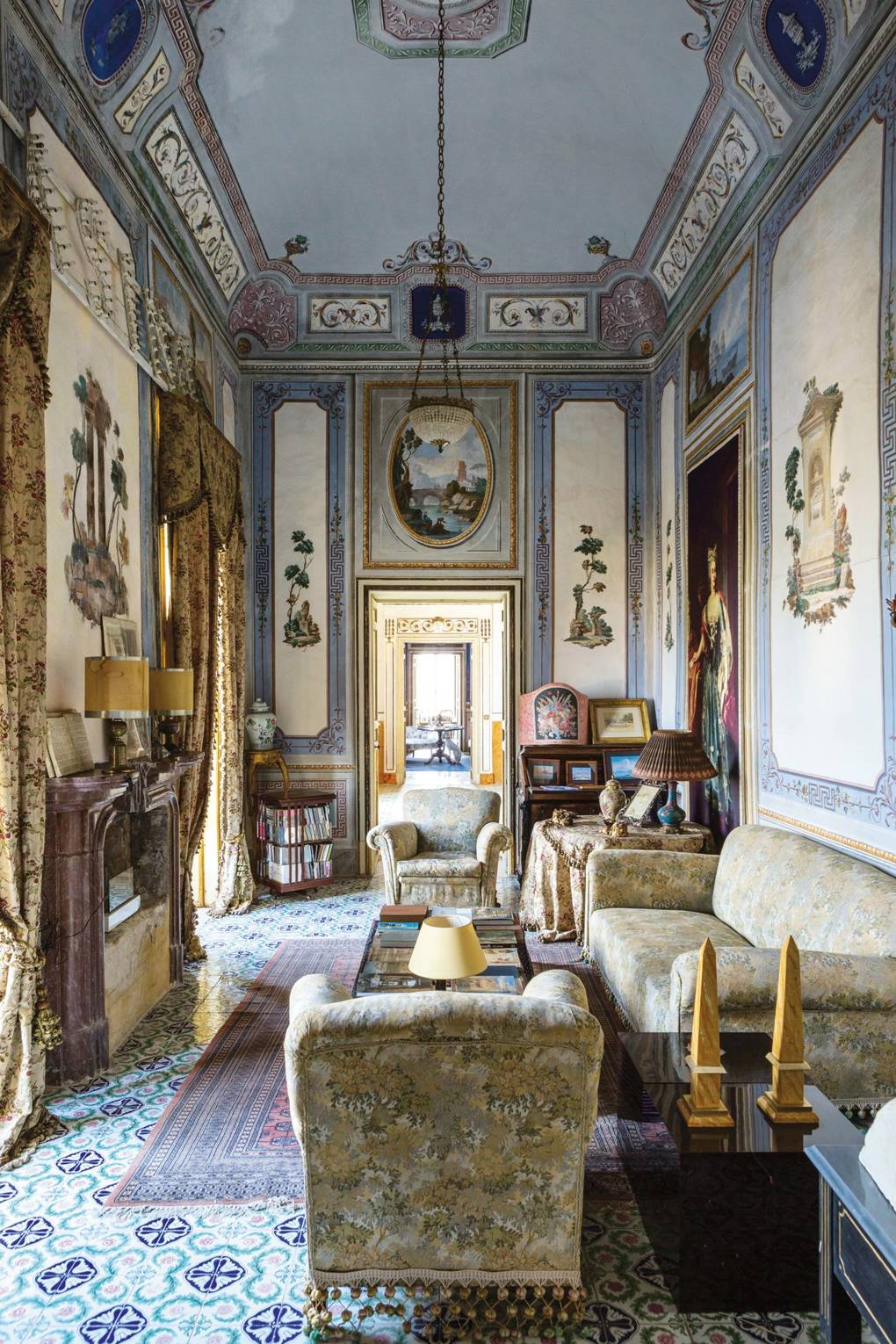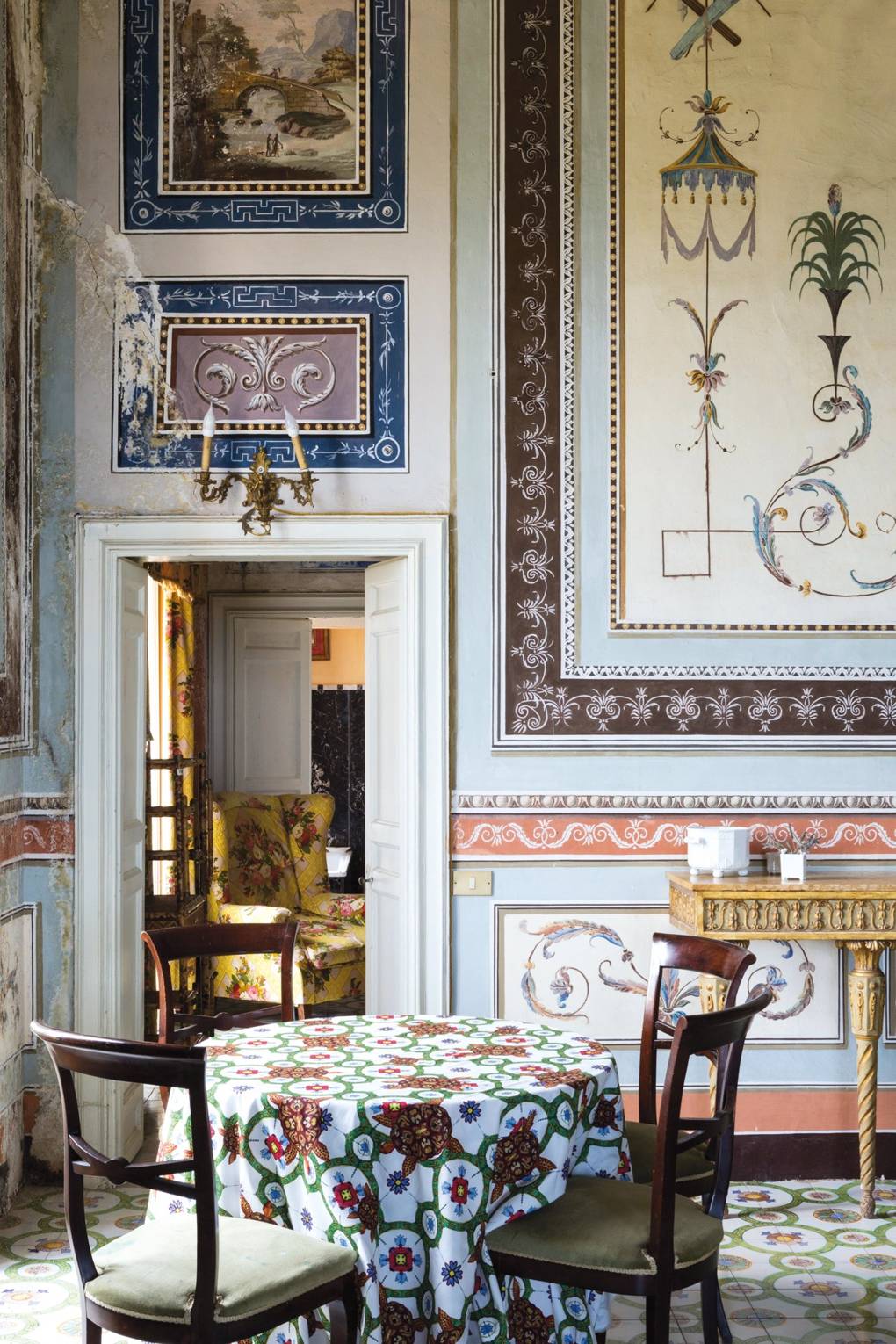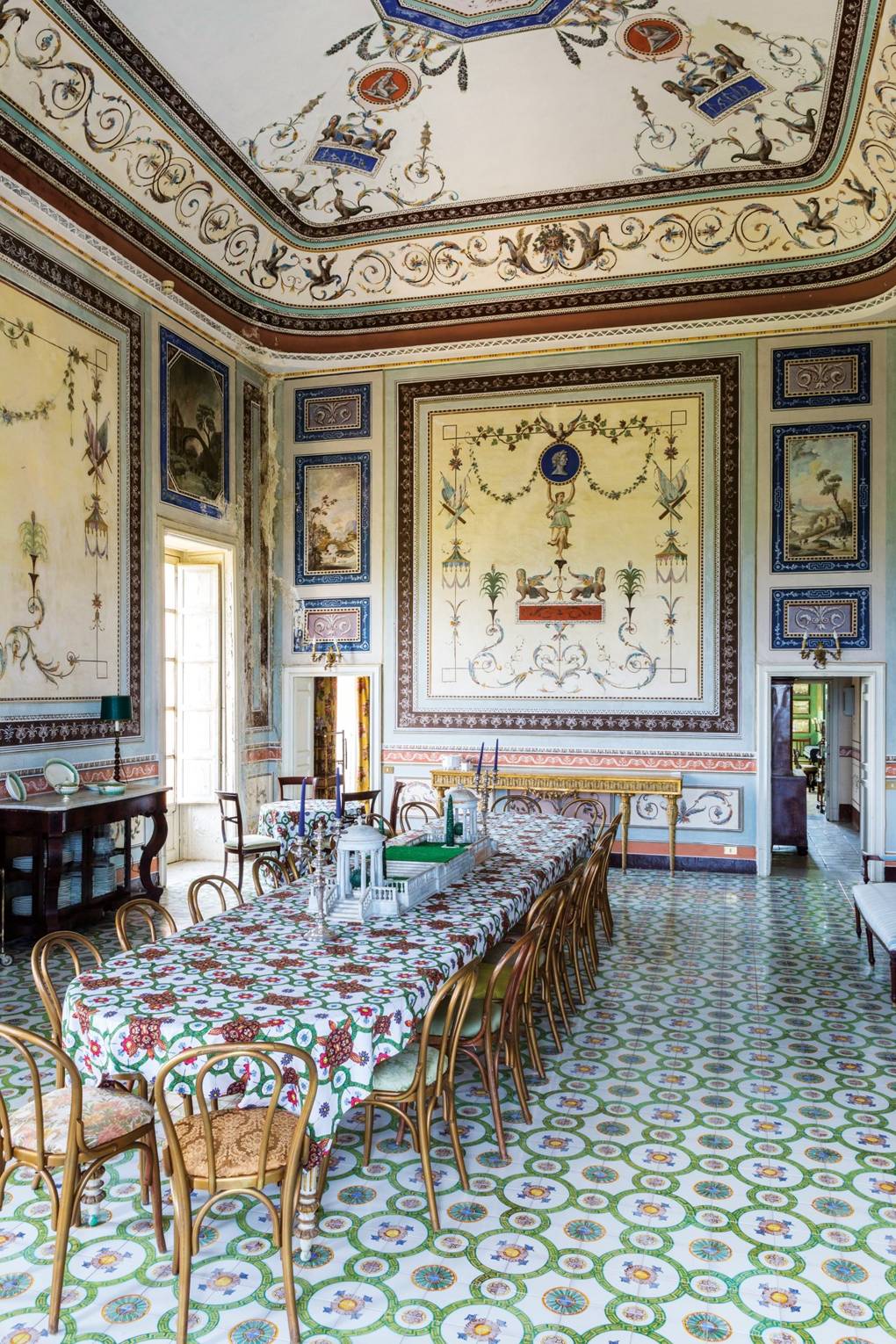For your next trip...
Already a week back home from holidays and buried in work and I am almost forgetting again how wonderful life is when you travel and you have adventures and discover new places.
On a future ideal trip, I will organize everything more thoroughly and will succeed in visiting all the things that I didn’t manage to see this trip, but in the meantime, if you plan to visit Sicily, here are a few places where you could spend your days, or book to staying…
“The beautiful Villa Tasca was originally built in the 1500s but is surrounded by a magnificent, romantic 19th-century park, full of exotic plants, ponds, fountains, a lake, a small temple dedicated to Ceres and various statues. Here, the great composer Richard Wagner lived for the first part of 1882, holding a number of concerts – the last one on March 18th, bidding farewell. [He had arrived in Sicily on November 1881]
Today, Villa Tasca is a wonderful accommodation for days of lavish relaxation.” ―Italian Ways

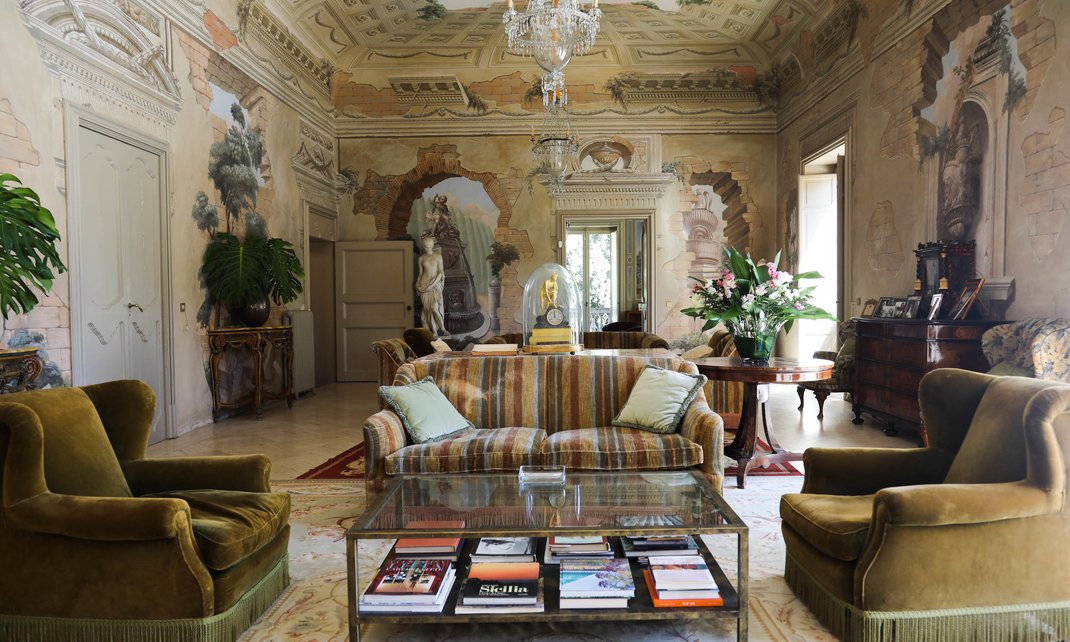 Villa Tasca via The Socialite Family
Villa Tasca via The Socialite Family

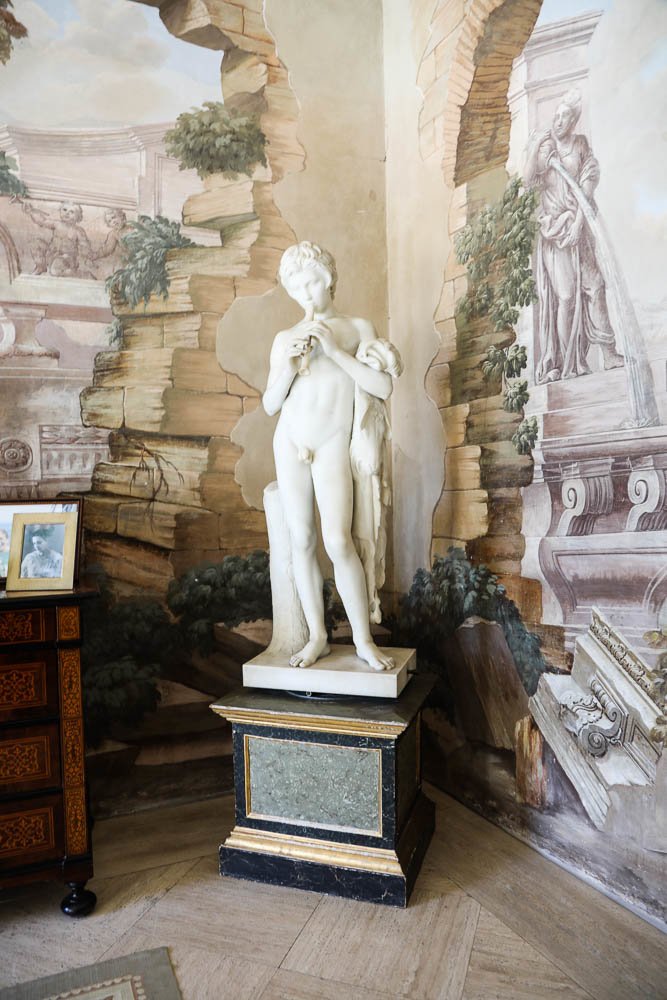 Villa Tasca via The Socialite Family
Villa Tasca via The Socialite Family


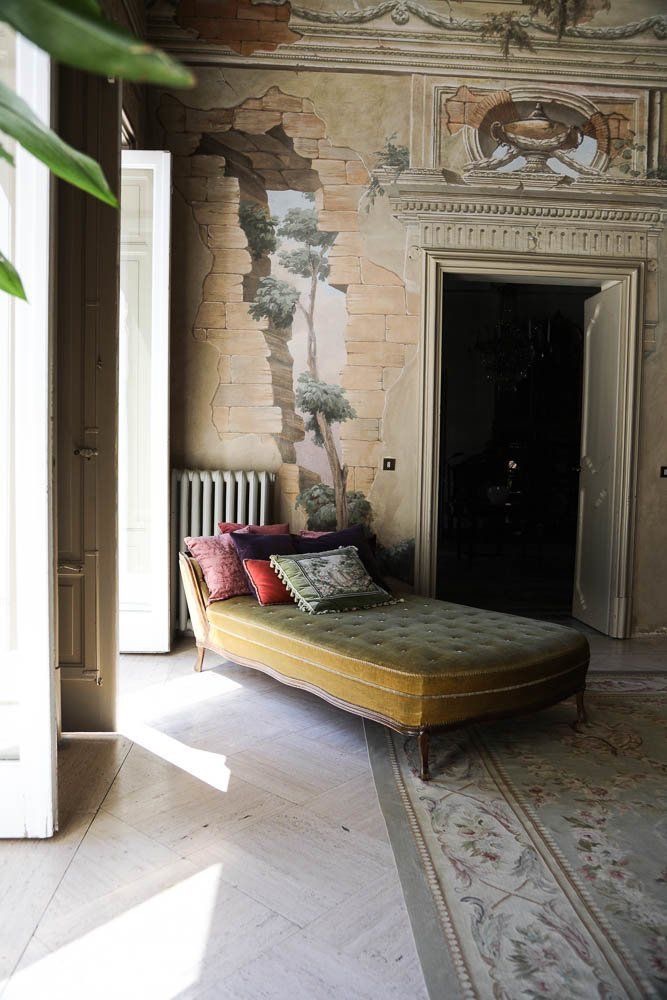 Villa Tasca via The Socialite Family
Villa Tasca via The Socialite Family
“Palazzo Alliata di Pietratagliata was originally built by the prestigious Termine household. The family, of Catalan origin, acquired the title of Princes of Baucina through the centuries, and the Palazzo was sold in 1748 to the Marassi Dukes of Pietratagliata. In 1810 the last Marassi, Maria Cirilla, married Luigi Alliata di Villafranca and brought with her the Palazzo and the title of Duke of Pietratagliata as her dowry. Since then, the palace is known as Palazzo Alliata di Pietratagliata.” (palazzoalliata.it)
“‘We could have been to Timbuktu or Patagonia, and had seen wonderful things or lived unique experiences. But when we came back to Palermo, and coming up the street could see the first ‘goose-breast’ balconies of our Palazzo appear, Palazzo Villafranca, we felt a growing thrill – turning into pure happiness as we neared Piazza Bologni. Only then did the trip we had taken and the home that was waiting for us make sense.’ This was Francesco Alliata di Villafranca’s description of his family’s palazzo.” (Italian Ways)
Pallazo Valguarnera Gangi
Luchino Visconti decided to film the magnificient ballroom scene of “Il Gattopardo” there in 1963 and since then the palazzo has become one of the most unique things to visit in Palermo.
Between 1749 and 1759 when the prince and princess of Gangi, Pietro e Marianna Valguarnera, commissioned the most famous artists in Sicily to create an atmosphere of great splendour and elegance.
“The Hall of Mirrors is a vast room in an enchanting, yet slightly bizarre, Rococo style: a masterpiece of Baroque design with golden fittings and doors entirely painted, like Pompadour skirts and bodices with fresh flowers. The vaulted ceiling, decorated with rocailles and mythological frescoes, continues the themes of the tiled flooring-pictorial allegories which recount the toils and the apotheosis of Hercules – in the warm colours of an Oriental rug. The ceiling is hung, like a forest of stalactites, with splendid Murano chandeliers- the like of which I have never seen before…” (Private Sicily)
Today, the famous ballroom may be hired for functions, but the remainder of the house remains a private residence.



